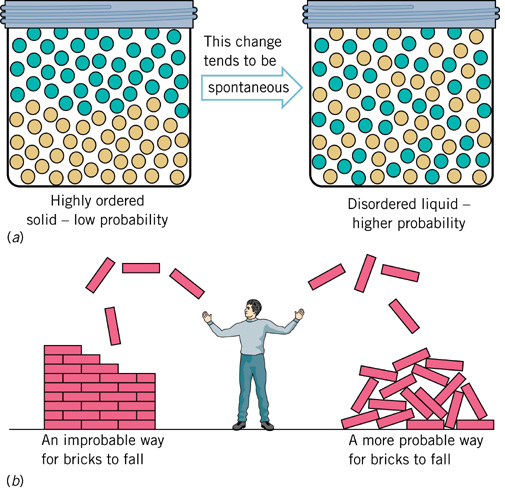Second Law of Thermodynamics
One of the initial statements of the Second Law of Thermodynamics was prepared by R. Clausius in the year1850. He defined the following:
It is not possible to build a device which operates in a cycle and generates no effect other than the elimination of heat from a body at one temperature and the assimilation of an equivalent amount of heat by a body at a higher temperature.

By the Second Law of Thermodynamics, the restrictions forced on any procedure can be studied to establish the maximum likely efficiencies of such a procedure and then a comparison can be made among the maximum possible effectiveness and the real efficiency attained. One of the regions of application of the second law is the learning of energy-conversion systems. For illustration, it is impossible to transform all the energy acquired from a nuclear reactor into electrical energy. There should be losses in the conversion procedure. The second law can be employed to derive an expression for the highest possible energy translation efficiency taking those losses into account. Thus, the second law rejects the possibility of totally translating into work all of the heat supplied to a system operating in a cycle, no matter how absolutely designed the system might be. The notion of the second law is best expressed by using Max Planck's explanation:
It is not possible to build an engine which will work in a complete cycle and generate no other effect apart from the raising of a weight and the cooling of a heat tank.
The Second Law of Thermodynamics is required since the First Law of Thermodynamics does not state the energy conversion procedure entirely. The first law is used to associate and to compute the different energies included in a process. Though, no information about the direction of the procedure can be acquired by the application of the first law. Early in the expansion of the science of thermodynamics, investigators noted that whereas work could be transformed entirely into heat, the contrary was never true for a cyclic procedure. Certain natural procedures were also noticed always to continue in a certain direction (example, heat transfer takes place from hot to cold body). The second law was established as an description of such natural phenomena.